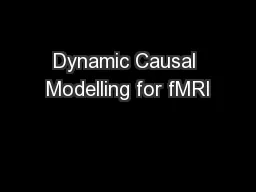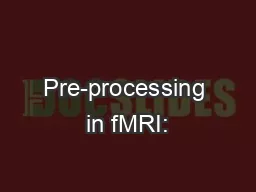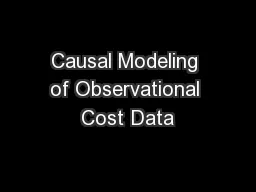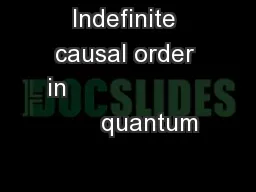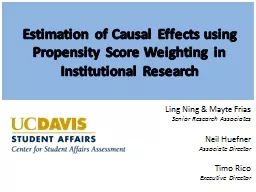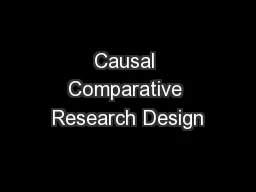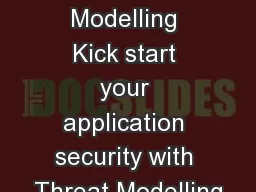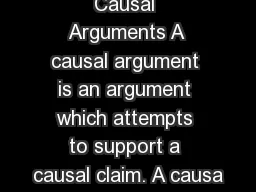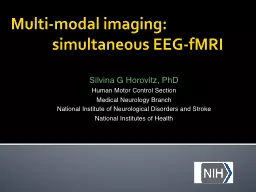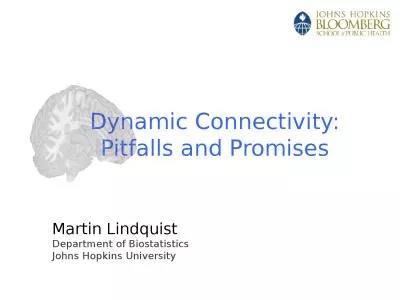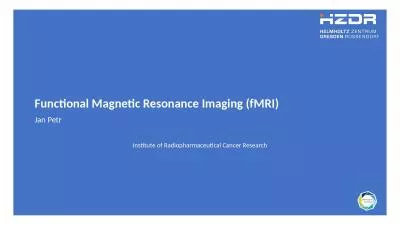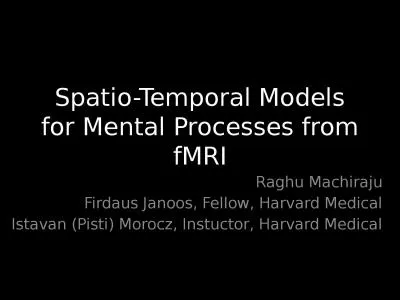PPT-Dynamic Causal Modelling for fMRI
Author : tatiana-dople | Published Date : 2016-02-28
Rosie Coleman Philipp Schwartenbeck Methods for dummies 201213 With thanks to Peter Zeidman amp Ōiwi ParkerJones Outline DCM Theory Background Basis of DCM Hemodynamic
Presentation Embed Code
Download Presentation
Download Presentation The PPT/PDF document "Dynamic Causal Modelling for fMRI" is the property of its rightful owner. Permission is granted to download and print the materials on this website for personal, non-commercial use only, and to display it on your personal computer provided you do not modify the materials and that you retain all copyright notices contained in the materials. By downloading content from our website, you accept the terms of this agreement.
Dynamic Causal Modelling for fMRI: Transcript
Download Rules Of Document
"Dynamic Causal Modelling for fMRI"The content belongs to its owner. You may download and print it for personal use, without modification, and keep all copyright notices. By downloading, you agree to these terms.
Related Documents

